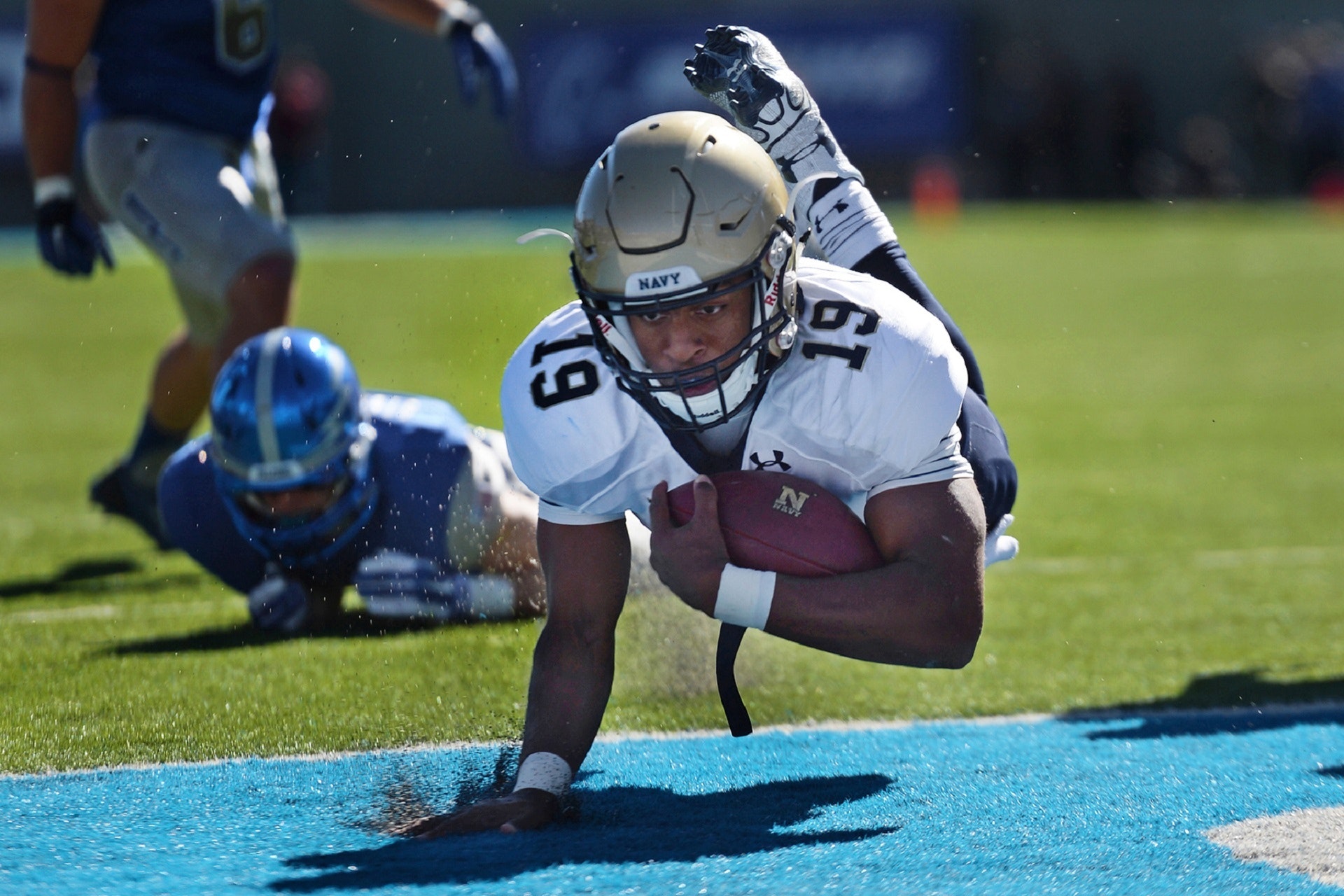
Most coaches agree that having a strong “mental game” is vitally important to team success.
In pivotal moments of gameplay or competition, an athlete’s mindset is often the deciding factor between winning and losing. Nearly every drill, pattern, scrimmage, or practice contribute to an athlete’s mental game, but putting some effort into learning a few key mental training tools will help you achieve extraordinary results.
Acknowledging both the internal and external distractions affecting your athletes is a necessary first step.
External distractions may vary depending on your sport. Spectators, officials, referees, competitors, teammates, changing venues, loud noises, and weather are all examples of external distractions. Internal distractions include an athlete’s state of mind, their thoughts (both positive and negative), worries, conflicts, and stresses, etc.
External distractions are usually quite obvious, so getting an athlete to refocus is straightforward; you do so by helping them control the way they react to the stimulus. By comparison, internal distractions cause more problems because it is less evident how to help an athlete cope or refocus.
So, what can you do to help your athletes manage internal distractions?
To answer this question, let’s focus on three distracting mental states that athletes find themselves in on a regular basis: rushing, frustration, and fatigue.
Rushing, frustration, and fatigue compromise an athlete’s ability to focus, increasing the risk of performance errors and injuries. When an athlete is in these states, it’s normal for them to think about why they are rushing, who or what is making them mad, or when they’ll get some rest. Athletes’ brains default to this pattern unless they’ve been trained not to. A technique called “Self-triggering” is an effective way to help athletes to change this pattern and perform at a higher level.
Rushing, frustration, and fatigue are active states, which produce physical triggers like the mild panic associated with rushing, elevated blood pressure experienced while frustrated, and yawns or muscle burn when fatigued. When you recognize or “trigger” on your state, the best option is always to slow down, calm down, or get some rest. However, in the fast-paced world of sports, these options are not always possible. So, the next best strategy is to remind yourself to keep your eyes and mind on task. That’s how self-triggering works; first recognize when you’re in a rush, frustrated or tired, then use the trigger as a prompt to keep your eyes and mind on task and stay focused.
Try adding the Self-trigger technique to your mental training tools.
To ensure you achieve results, motivate your athletes to use the technique on a regular basis to manage their internal and external distractions, boost self-confidence, and enhance their performance. Learn more about HeadStartPro’s online resources for athletes here.
Author: Mike Shaw, Co-founder of HeadStartPro Performance Training and Performance Coach
Contact HeadStartPro to learn about our online courses or in-person workshops.
